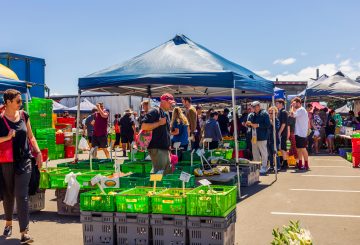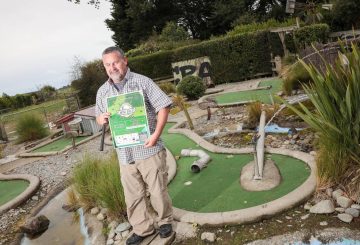한 시의회는 오클랜드에서 매주 쓰레기를 수거하는 것이 불편한 격주 서비스로 축소될 수 있다는 우려를 표명했습니다.오클랜드 시의회의 2024년 쓰레기 관리 및 최소화 계획 초안에서는 2주마다 한 번씩 쓰레기를 수거하는 방식으로 전환할 것을 제안하고 있지만, 이는 도로변에 음식물 쓰레기 수거함이 잘 설치되어야 한다는 것이다.
시의회의 목표는 쓰레기 감소를 장려하는 것입니다.그러나 마누레와-파파쿠라 의원 대니얼 뉴먼은 음식물 찌꺼기 수거가 주간 쓰레기 수거를 대체하는 것이 아니라 보완해야 한다고 생각합니다.그는 이번 변경 제안이 의회 임원들이 제시한 제안 중 가장 불편하고 입증되지 않은 제안 중 하나라고 설명하면서 많은 오클랜드 주민들에게 인기가 없을 것이라고 예측했다.
뉴먼은 매주 쓰레기를 수거해야 하는지 여부를 결정하는 것은 정치인이나 의회 직원이 아니라 오클랜드 가정에 달려 있다고 주장합니다.그는 일부 의원들이 선택권을 거부함으로써 오클랜드 주민들의 행동 변화를 강요하려 한다고 비난했다.그는 또한 주민들이 의회의 계획에 대해 의견을 표명하도록 독려하면서 오클랜드 주민들이 의회에 이를 유지하도록 설득하지 않는 한 주간 쓰레기 수거 서비스가 위험에 처할 수 있다고 경고했다.
또한 시의회 초안에는 2주마다 열리는 수거장으로 옮겨가는 것을 걱정하는 주민들, 특히 대가족이 많은 주민들을 지원해야 한다는 내용도 명시되어 있었습니다.뉴질랜드 헤럴드는 2026년부터 서비스 축소가 시작될 수 있다고 보도했습니다.목표는 도로변 쓰레기를 2022년 기준선인 1인당 141kg에서 2028년까지 120kg으로, 2030년에는 100kg으로 줄이는 것입니다.최근 음식물 쓰레기 수거함이 일반 출시됨에 따라 중량 기준으로 쓰레기통 내용물을 최대 41% 까지 줄임으로써 이러한 목표를 달성할 수 있을 것으로 예상됩니다.현재 시의회는 2주에 한 번씩 재활용 쓰레기통을 수거합니다.
시의회는 잠재적 자산 매각과 대폭적인 금리 인상을 고려하고 있는 상황에서 예산 적자를 인정했습니다.오클랜드 공항에 있는 의회 지분 중 일부는 이미 매각되었으며, 웨인 브라운 시장은 오클랜드 항구에 대한 장기 임대 계약을 매각하고 그 수익을 30억 달러에서 40억 달러 규모의 새로운 투자 펀드에 투자할 것을 제안했습니다.그러나 마이크 리 (Mike Lee) 의원과 존 왓슨 (John Watson) 시의원은 이 제안을 비판했습니다. 리 (Lee) 의원과 존 왓슨 (John Watson) 은 이 제안을 “자산 박탈”이라고 불렀고 왓슨은 임대 기간 동안 시가 주요 자산에 대한 통제권을 상실할 것이라고 경고했습니다.





























































